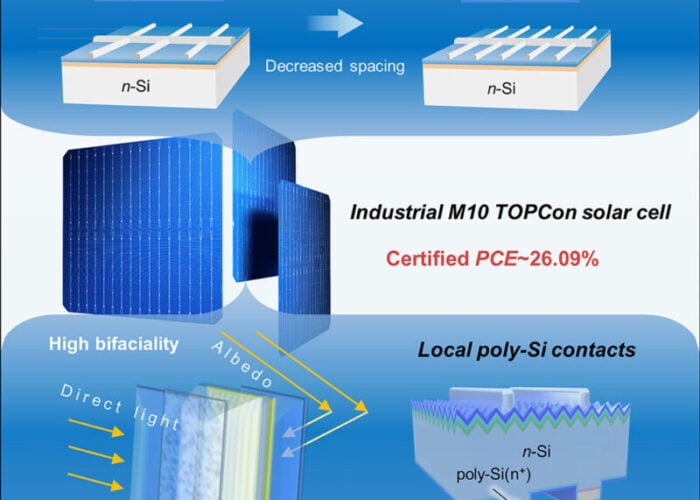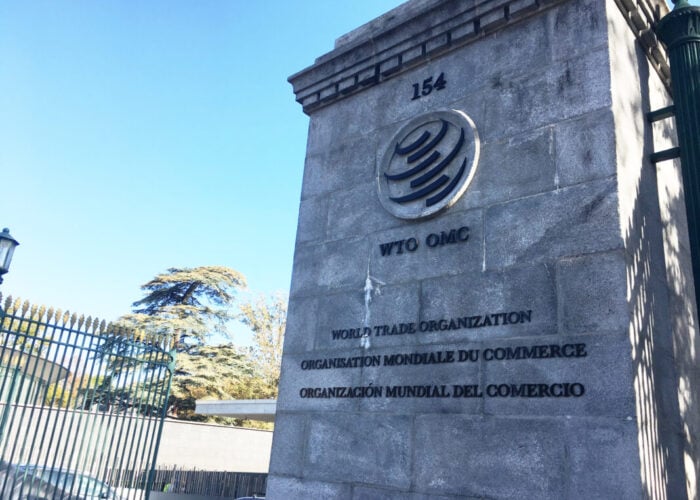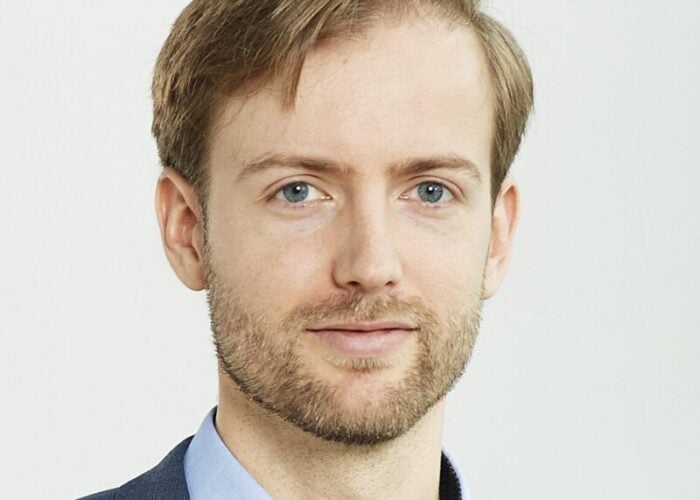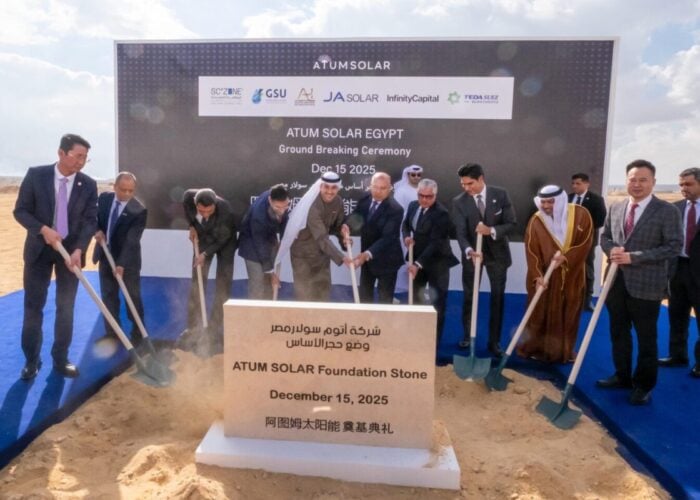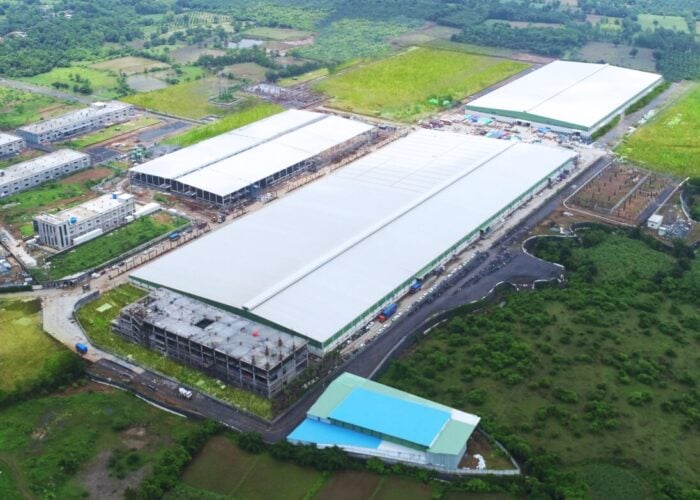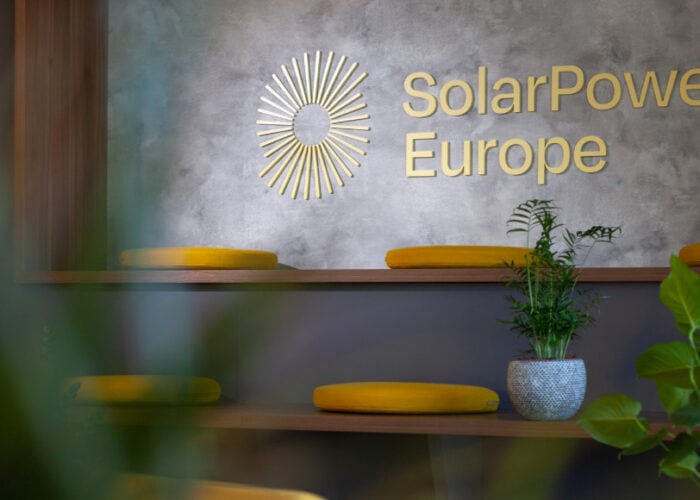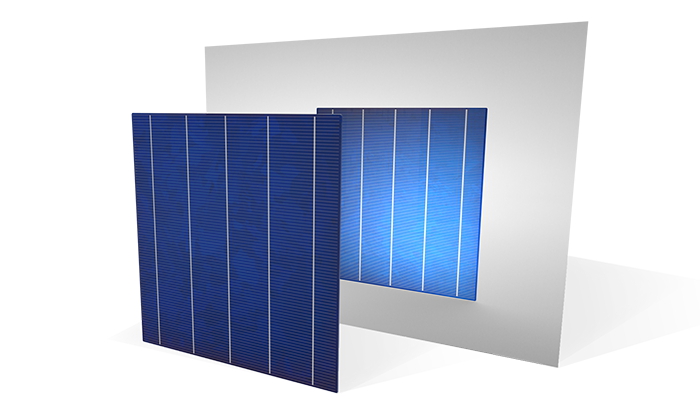
PV Tech recently met up with Christian Buchner – Vice President of the Photovoltaics BU at leading PV equipment supplier SCHMID Group – ahead of the forthcoming PV CellTech 2018 meeting in Penang, Malaysia on 13-14 March 2018, an event SCHMID has been strongly supporting for the past few years.
Try Premium for just $1
- Full premium access for the first month at only $1
- Converts to an annual rate after 30 days unless cancelled
- Cancel anytime during the trial period
Premium Benefits
- Expert industry analysis and interviews
- Digital access to PV Tech Power journal
- Exclusive event discounts
Or get the full Premium subscription right away
Or continue reading this article for free
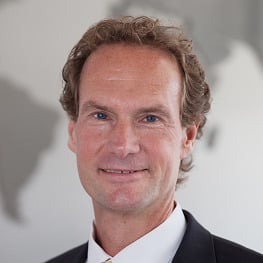
SCHMID has been a key equipment supplier to the PV industry since it started. Now that the industry has moved above 100GW annual production, what has been the biggest surprise with cell manufacturing today?
Actually, there have not been too many surprises. The process of solar cell manufacturing is pretty straightforward and most of the cell concepts are already known.
One thing though is black silicon – this is the biggest surprise. It is not clear why people save money on one end, but spend it on the other end, for nothing, because there is no real benefit later on with black silicon at the module side. However, there is effort from the cell makers needed.
Black silicon has however now found itself in the industry, and its use would appear to be spreading very quickly, but I’m certain will vanish again at the same pace.
Production lines today are often as high as 150MW throughput. What have been the main changes by equipment suppliers that have enabled this?
This is basically process and tool optimization. It is not one specific thing; rather look at the big picture and take a look at all the little parts that have contributed to that improvement.
I remember back in 2004, the first lines were 5MW lines, maybe 10MW lines. Today the processes are basically almost the same, but at 15 times higher throughput.
In the following years SCHMID improved all wet chemistry processes making it faster and more efficient because we optimized the tool and chemistry usage.
For single-side etching, for example, we optimized the transportation roller for more efficient chemistry agitation, so that you could shorten the tool length: or for the same length of tool, improve the throughput by a factor of about four.
Across the industry there were other changes. For example the POCl3 diffusion suppliers installed larger boats and tubes, and went into low-pressure POCl3 which increased the throughput. There were similar things done with PECVDs, and screen-printers with faster linear drives and better pastes that could be screen-printed faster because the internal viscosity of the material got so much improved that you could run it at faster speed and faster lift-off of the screen.
So all these little improvements of tools and processes has led to the throughput growth of lines that – apart from PERC – look the same as in the past.
And this has had a large impact on capex being reduced for cell producers also. Can you discuss this a bit?
Everything has improved in terms of process and throughput, and machines have become more efficient. So the capex/wph has come down.
Compared to 12 years ago, we went from tools that go from 1,100 wafers per hour throughput now to almost four times higher, but at the same time the capex has gone down by a factor of four. So basically, there has been a factor of 16 in terms of improvement we have seen because of optimization of the tools and capex shrinkage.
This is not likely to continue in the future though, not at the same pace as it did in the past. You cannot extrapolate this linearly into the future; we are somewhere in the asymptotic approach to optimal tool usage in terms of capex and throughput.
In addition to having a major market-share of wet etching tools for cell lines globally, SCHMID has been one of the most successful turn-key line suppliers to the industry. Which segments of the market are benefiting today from turn-key solutions?
This is an interesting question. Today, there are still many projects in developing countries that are thinking about going into solar. These type of projects are often around for 3-4 years. Countries such as in the MENA region, Saudi Arabia; companies here have little chance to just cherry-pick tools and be successful, and compete with the Chinese companies.
It is about the right business plan, fast set-up and ramp-up, the transfer of process know-how. And what you can offer so that you compete right away with the Chinese. This is what we always hear from customers.
Often, the best route is to start with a turn-key line, if there is no PV manufacturing already in that country; such as newcomer countries that decide to move into PV manufacturing, such as Indonesia and others globally right now that are evaluating the move, for example with special local manufacturing subsidies.
In many ways, a bit like in India, that was a strong turn-key country, and continues to be. Other countries will continue to follow this kind of concept because they have the need to get up to speed right from the beginning, and cannot risk losing much time, and missing something in manufacturing.
High-efficiency cell operation has been an important feature of manufacturing in the past 2-3 years. Making the high-efficiency products work needs inputs from the cell makers, R&D institutes and equipment/material suppliers. Can you explain how SCHMID gets involved here, and some of the main technologies for cell production that have been success stories in the past few years?
German companies have been in a good situation where we have had Government support with good institutes, and lots of interesting projects with them. This includes German institutes but also across Asia.
We co-operate with Fraunhofer-ISE, ISFH, the University of Konstanz, SERIS and the University of New South Wales on particular projects that reflect the specific strengths of the institutes like passivated contacts, low cost IBC concepts, n-PERL, hydrogenation etc…
So we still have lots of government funded projects of course and our own R&D, but very importantly, the R&D projects with our customers that enable putting our technologies into the industry.
Two big success stories are with Sunrise using our selective emitter approach which they put into the industry making Sunrise a leading PERC efficiency manufacturer; and with another high efficiency manufacturer where we have APCVD implemented in n-PERL manufacturing along with multi-busbar technology.
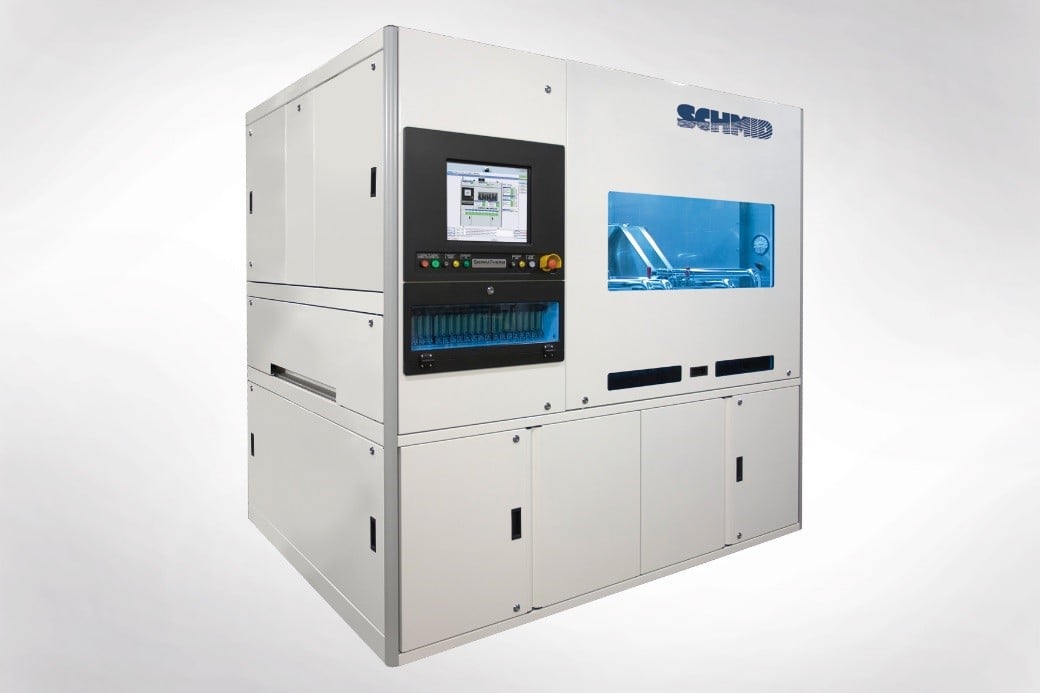
SCHMID is again a key speaker at PV CellTech this year. What can we expect to hear in March 2018 in Penang?
We will introduce a manufacturing method based on our APCVD tool that gives the same conversion cost per cell as a PERC line, as simple as PERC manufacturing in terms of process steps, but generates n-PERL products with much higher efficiency potential right from the start, and can become a key enabler towards n-type really kicking off in the market.
Christian Buchner will be presenting on the second day of the PV CellTech 2018 meeting in Penang, Malaysia on 13-14 March 2018, during a session focused on new n-type cell processes and production equipment.

